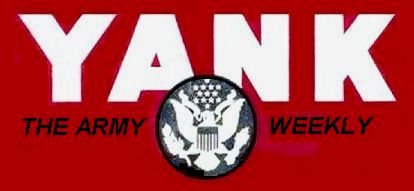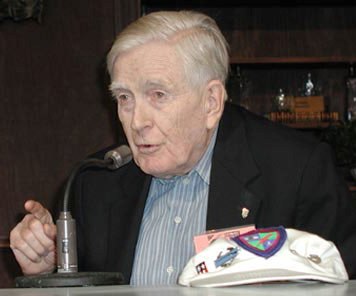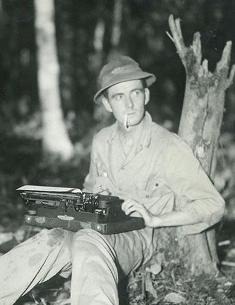 Correspondent Dave Richardson writes from the field.
Correspondent Dave Richardson writes from the field.
 Correspondent Dave Richardson writes from the field.
Correspondent Dave Richardson writes from the field.
|
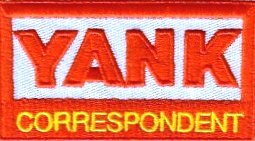 DAVE RICHARDSON
DAVE RICHARDSON
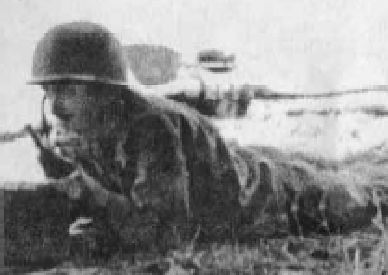 Dave and eight other correspondents set up "Press Headquarters" under the wing of a disabled C-47
during the battle for Myitkyina.
UNDER SIEGE AT MYITKYINA.
Dave and eight other correspondents set up "Press Headquarters" under the wing of a disabled C-47
during the battle for Myitkyina.
UNDER SIEGE AT MYITKYINA.
|
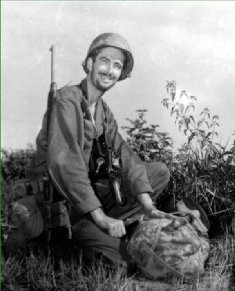 Rather than just covering their story, Dave Richardson became one of Merrill's Marauders.
Rather than just covering their story, Dave Richardson became one of Merrill's Marauders.
|
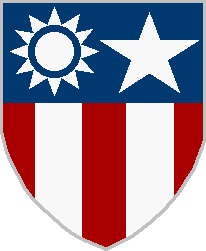 He accompanied the Gurkhas, a fierce fighting group from Nepal, as they parachuted into Rangoon
and routed the last Japanese forces from the Burmese capital.
He accompanied the Gurkhas, a fierce fighting group from Nepal, as they parachuted into Rangoon
and routed the last Japanese forces from the Burmese capital.
